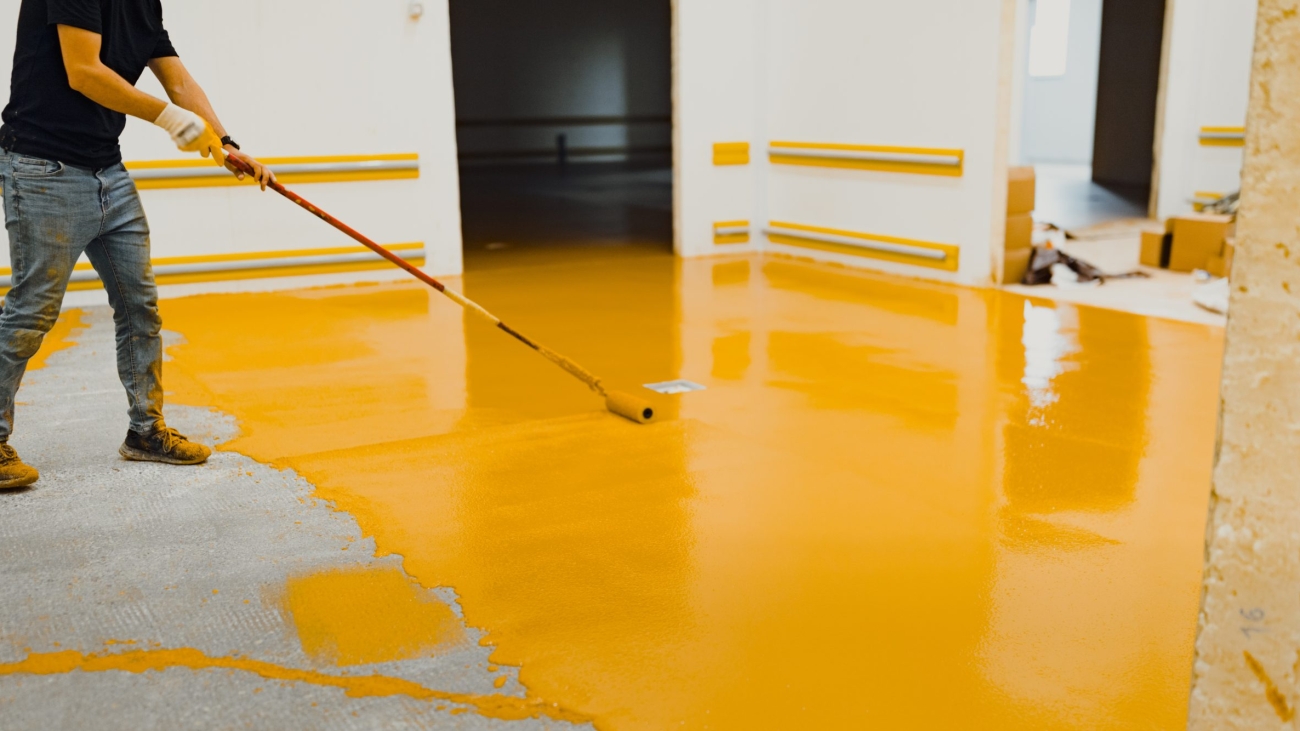Regarding coatings, polyurea and epoxy (polyurea vs epoxy) stand out as two commonly used options. While both materials offer protection for surfaces, they have properties and applications. Understanding the variances between polyurea and epoxy can assist you in choosing the coating for your requirements. This piece delves into the strengths and limitations of each, shedding light on when polyurea might be preferred over epoxy and vice versa.
Polyurea Fundamentals
An isocyanate component and an amine resin react to form polyurea, a type of elastomer. This reaction occurs swiftly, resulting in a polymer that cures within seconds. The rapid reaction time is an advantage of polyurea, allowing for application and minimal downtime. Once applied, polyurea creates a coating that can endure environmental and mechanical pressures.
The flexibility of polyurea makes it well-suited for surfaces to move, expansion or contract. This includes applications such as roofing where fluctuations in temperature can lead to material shifts or in environments where equipment and surfaces may experience vibrations or flexing. The quick curing process of polyurea also makes it a practical option for projects, with timelines since the coated surface can be swiftly put back into use after application.
Polyurea offers a benefit, in its ability to withstand water, chemicals and abrasion making it ideal for surfaces facing conditions like those found in marine settings, wastewater treatment facilities and heavy machinery environments.
Understanding Epoxy
Epoxy is a thermosetting polymer that results from the chemical reaction between epoxy resin and an amine, a hardening agent. Unlike polyurea, epoxy requires hours to cure, allowing more time for application. Epoxy coatings are recognized for their toughness and strong adherence, delivering a finish that resists wear and impact.
The slower epoxy curing process can be advantageous in scenarios requiring precision and consistency. The extended application period permits coating application for coverage. Epoxy is commonly utilized in locations demanding durability and chemical resistance such as garage floors, industrial facilities and commercial areas.
Due to its firmness compared to polyureas flexibility epoxy may not be suitable for surfaces to movement or shifting. Nonetheless this stiffness grants resilience against abrasion and chemical exposure – making epoxy the option, for areas subjected to heavy usage or harsh substances.
When deciding between polyurea and epoxy various factors come into play such, as curing time, flexibility, durability and the specific conditions of the application environment. Polyurea is preferred for projects that require curing and flexibility. It can withstand conditions. Is resistant to chemicals and water making it ideal for industrial and marine protective applications.
On the hand epoxy is best suited for applications that demand a durable finish. Its slower curing time allows for application resulting in a coating. Epoxy excels in hardness, impact resistance and abrasion resistance making it suitable for high traffic areas and surfaces subjected to use.
While both materials offer protection, their unique characteristics make them suitable for applications. Polyurea’s strengths lie in speed and adaptability, making it reliable in demanding environments where performance under pressure is crucial. Epoxy stands out for its toughness and durability, providing a finish that performs well in environments requiring resistance to wear and chemicals.
Selecting the coating material hinges on the project’s requirements. If speed of application and curing are priorities, along with the need for a coating that can move with the surface, polyurea is likely the optimal choice. This holds true in industries like construction or infrastructure, where surfaces may undergo expansion, contraction, or movement and where minimizing downtime is crucial.
On the hand if a project calls for a coating that combines hardness with a smooth finish epoxy might be the more suitable option. This is especially important in settings where the coating must endure foot traffic, impacts or exposure to chemicals – such as floors, commercial areas or garage floors.
Both polyurea and epoxy are materials known for providing protection to various surfaces. Having a grasp of their characteristics empowers professionals to select the right material for each specific application ensuring that the coated surface performs effectively under its expected conditions.
In conclusion
Polyurea and epoxy stand out as protective coatings in todays market. Each offers benefits depending on the intended use. Polyureas quick curing time, flexibility and resistance to environments make it an excellent choice, for marine applications.
Epoxy is valued for its strength due, to its nature and ability to create a smooth and consistent finish making it a popular option for floors and surfaces needing lasting defense against wear and chemicals.
Professionals can achieve outcomes. Ensure prolonged protection for the surfaces they are preserving by recognizing the distinctions between these materials. Whether prioritizing speed and flexibility with polyurea or opting for the resilience and accuracy of epoxy selecting the coating is crucial for achieving success in projects offering the safeguarding and performance, in even the most challenging conditions.

